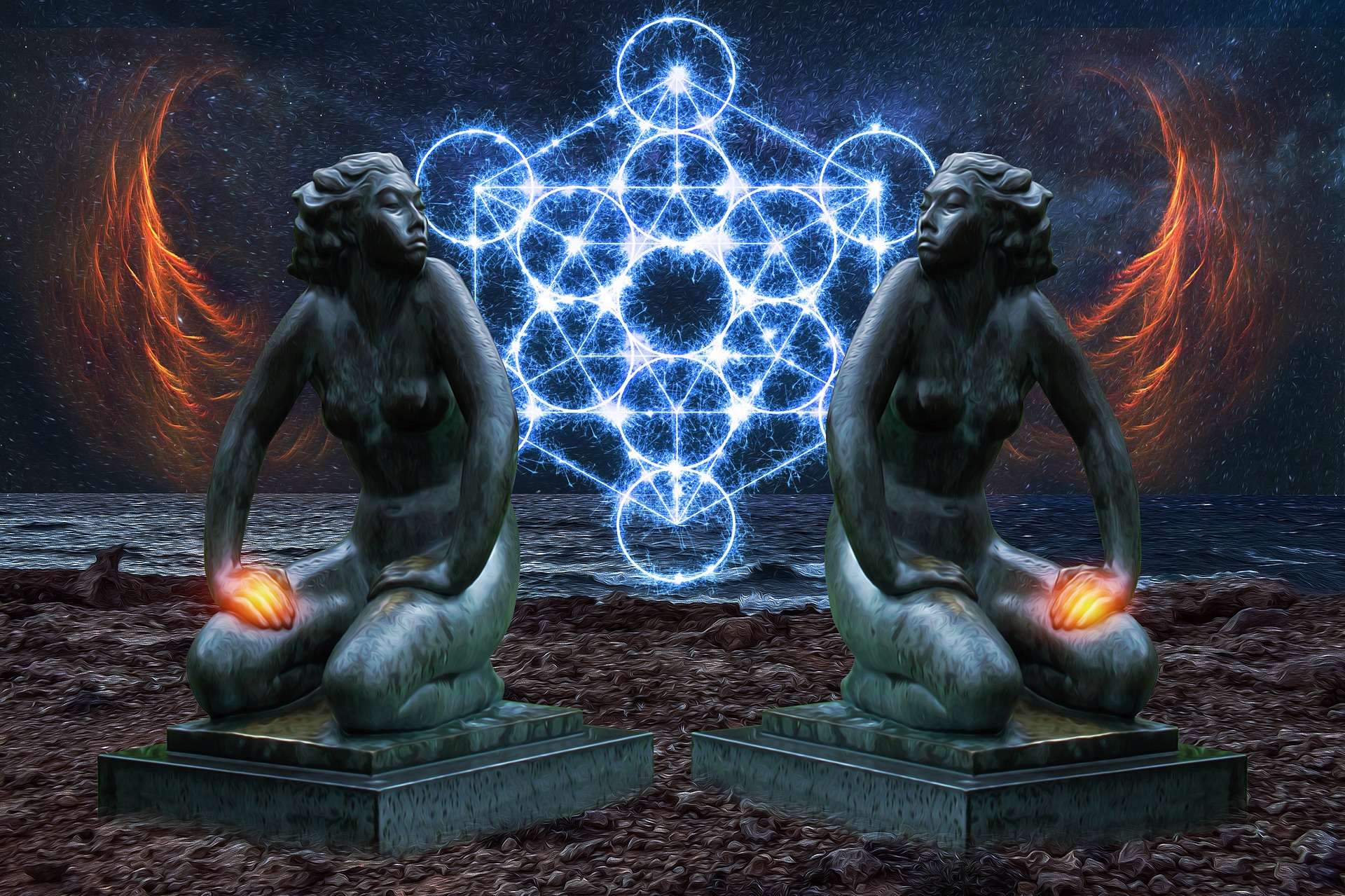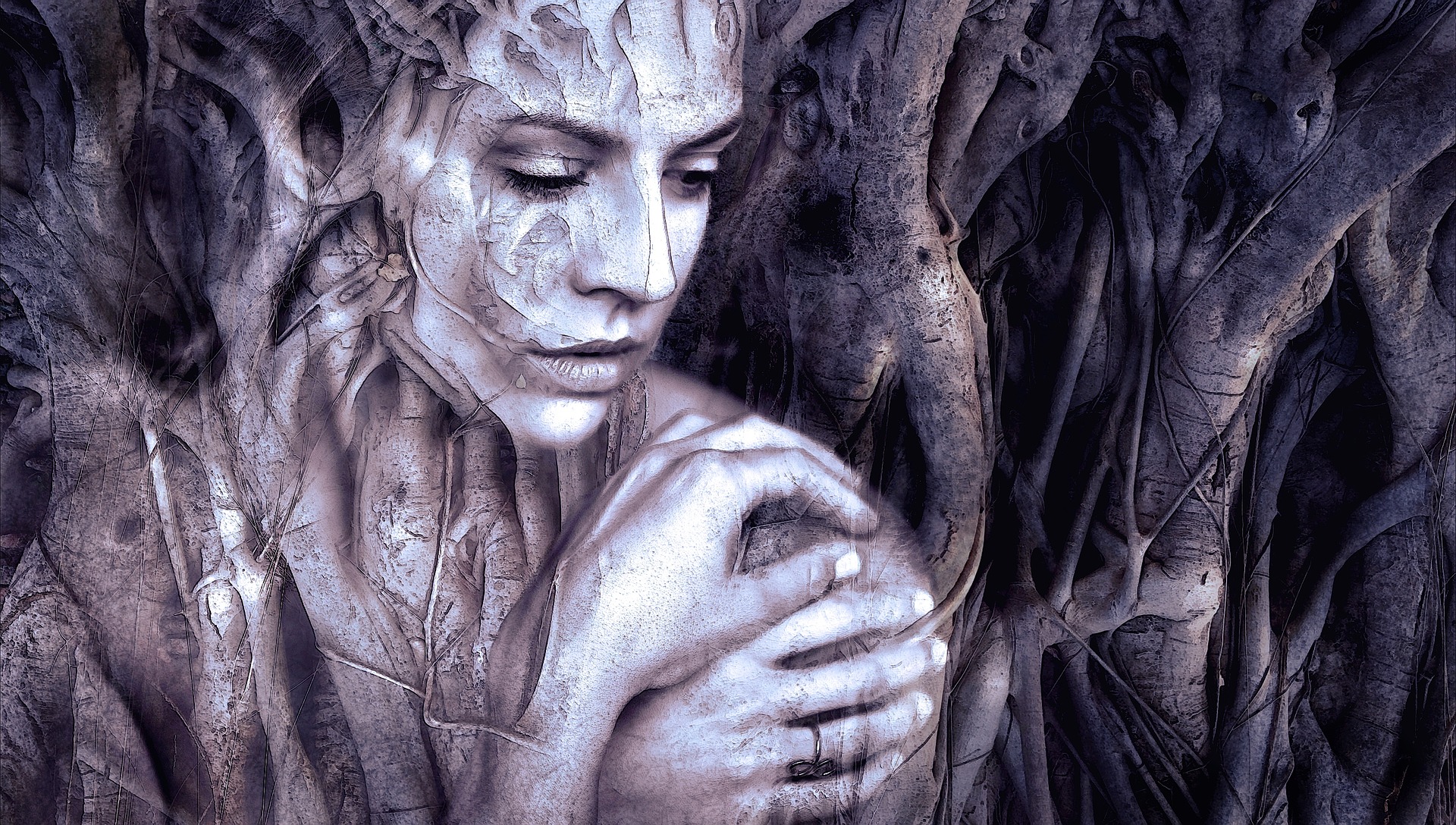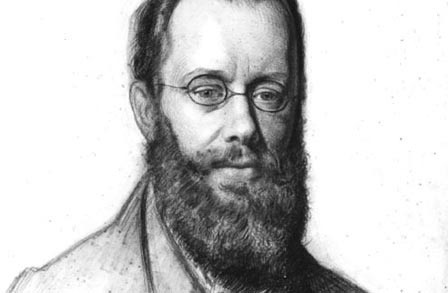Edgar Allan Poe (1809-1849) is one of the foremost American authors and poets of his age, and in fact any age. Considered by many critics as an exponent of the Romantic Movement in America, Poe’s brand of Romanticism is better described as Dark Romanticism. His themes are generally gloomy, sorrowful, and mysterious, and hence, they evoke sublime emotions in the minds of his readers.
Poe is a master of the genre of writing that focuses on imaginary landscapes. ‘The Valley of Unrest’ is exemplary of just this genre. Though it has been said that the poem is based on memories of things seen and heard by Poe during a brief stay with his foster parents at Irvine in 1815, it has never been definitively proved that it is so. Even it were based on real memories, it is certainly an imaginative reconstruction of the kind of landscape that haunts typical works by Poe.
The poem itself consists of a single stanza made up of a total of twenty-seven lines. Right from the first line, Poe starts describing the graveyard where the corpses of soldiers are buried. However, the spirits of these soldiers are restless. Hence, Poe calls the graveyard the valley of “unrest”.
Poe says that the valley had been silent once upon a time, when all the soldiers had left the place to join in wars. The soldiers had left behind the host of stars that would shine on them every night to watch over the flowers of the valley from the great heights at which they stay. In contrast to the starlight, the sunlight that fell on the flowers during the day was bright red. However, Poe describes the operation of the sunlight as “lazy”. By saying so, he implicitly provides a clue to his readers that he prefers the night to the day, which would come as no surprise if one has read even a little bit of Poe’s writing.
Poe now switches from the past to the present. He says that every visitor who goes to the graveyard now can feel the presence of the buried soldiers, and thus will testify to the restlessness within the graveyard. They will say that every single thing in the graveyard is in motion, except the rank air that is witness to the “magic solitude” of the graveyard. While most men prefer the company of humans, the fact that Poe calls solitude magical also tells a little about his personality, and his preoccupations in his works.
Poe then says that the trees in the graveyard exhibit a palpitating motion, similar to the rise and fall of waves in the sea off the shores of the Hebrides islands (where strong winds blow in winter, causing upheaval in the seas). However, Poe is sure that it is not the wind that causes the motion of the trees. It is a supernatural presence in the graveyard that is responsible for that.
Poe also describes the motion of clouds that float through the “unquiet” sky. This is to say that visitors can even hear voices in the air within the graveyard. Poe goes on, saying that the clouds also float over the violets that grow all over the graveyard, right from the morning until the arrival of dusk. However, it is for sure, once again, that the wind is not responsible for the motion of the clouds, but the same supernatural force that makes the trees move.
Lastly, Poe describes the waving motion of the lilies growing in the graveyard. In addition to this, he says, in a masterful style, that the lilies seem to be weeping over the nameless graves where soldiers have been buries in a mass without any ceremony. The melodrama involved in this depiction is successfully removed when Poe revels that their tears are in fact drops of dew that that accumulate on their petals and drop down when they wave in the air. From the delicate stalks of the lilies too those dewdrop-tears come down looking like shiny gems as they capture the light of the rising sun. Such beautiful imagery forms a fitting end to such a descriptive poem as ‘The Valley of Unrest’.
Dear Readers- If this summary/analysis has helped you, kindly take a little effort to like or +1 this post or both. Make sure you like Beamingnotes Facebook page and subscribe to our mailing list so that we can keep in touch. We’ll keep informing you about stuffs that are really interesting, worth knowing and is important to you.
Some online learning platforms provide certifications, while others are designed to simply grow your skills in your personal and professional life. Including Masterclass and Coursera, here are our recommendations for the best online learning platforms you can sign up for today.
The 7 Best Online Learning Platforms of 2022
- Best Overall: Coursera
- Best for Niche Topics: Udemy
- Best for Creative Fields: Skillshare
- Best for Celebrity Lessons: MasterClass
- Best for STEM: EdX
- Best for Career Building: Udacity
- Best for Data Learning: Pluralsight















